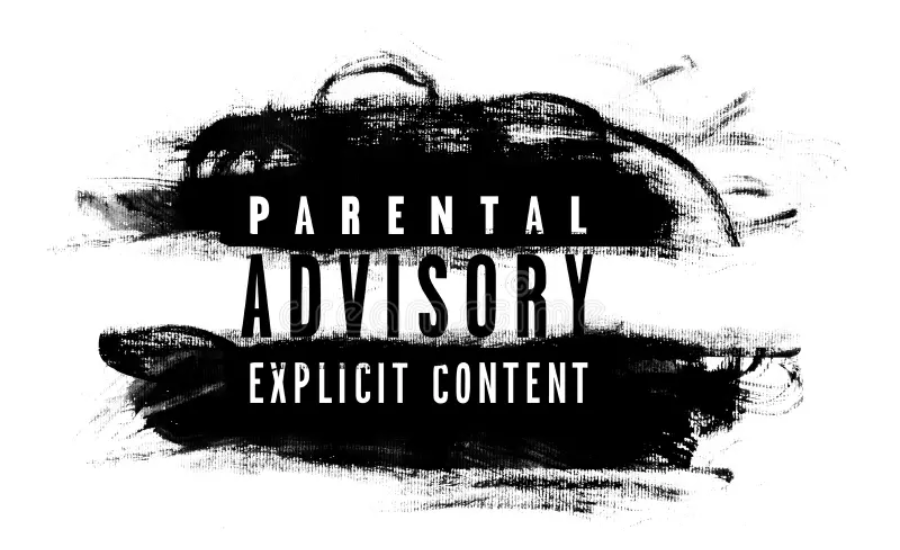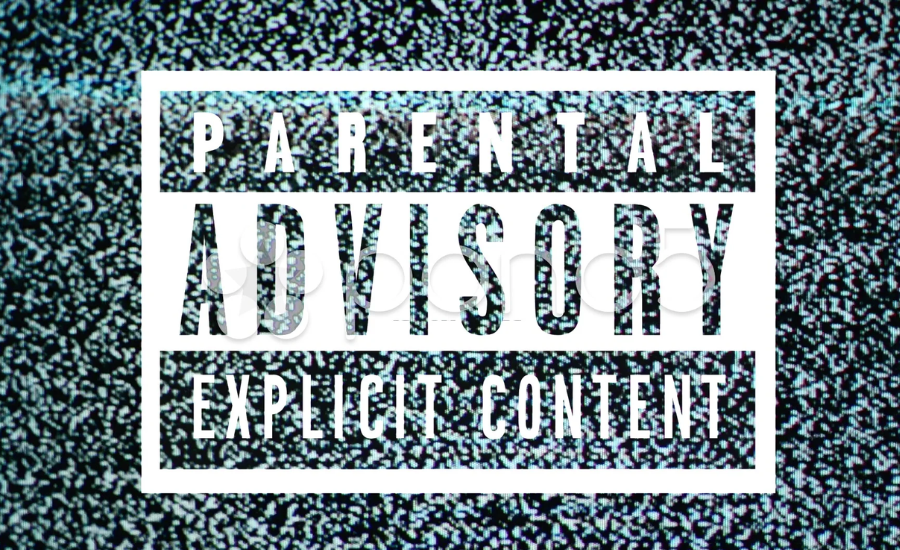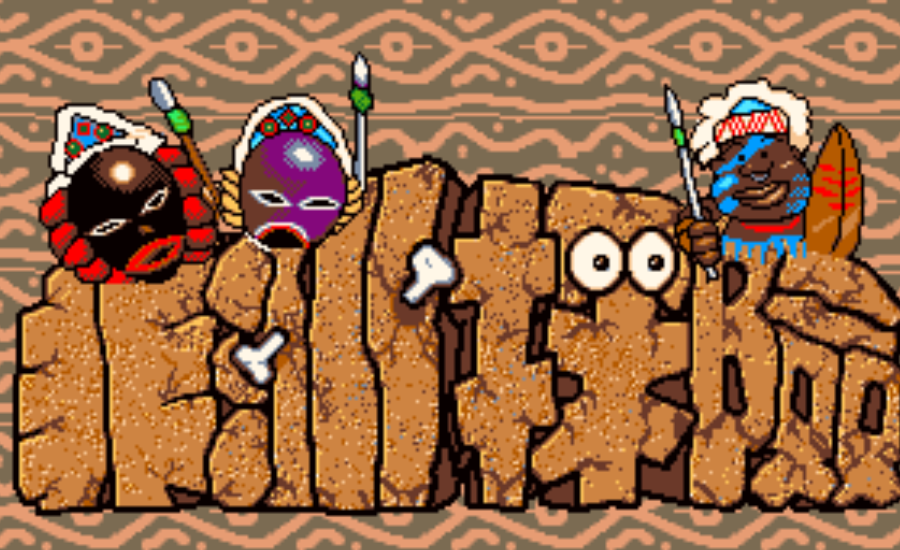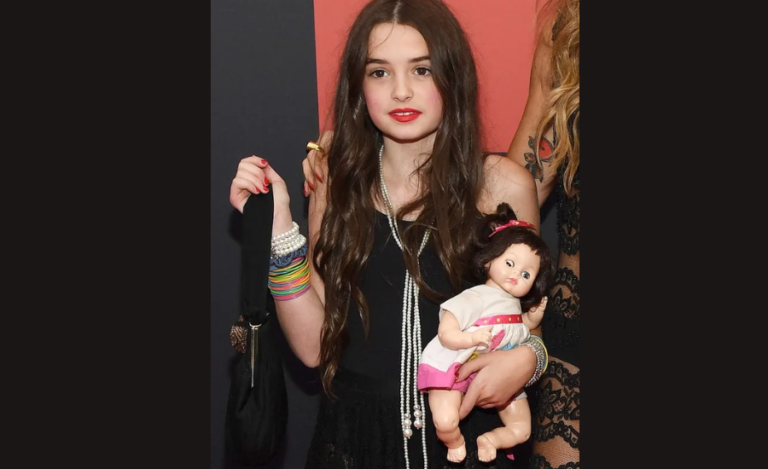Understanding the Impact of Parental Advisory Labels on Game Content: Parental Advisory PNG Game Guide
When browsing for games online, you might have noticed the “Parental Advisory” label appearing on certain titles. This label has become increasingly important as digital content and gaming grow in popularity. It serves as a warning to parents and guardians, indicating that the game may contain material unsuitable for younger audiences. These labels are meant to help guide decisions about which games are appropriate for different age groups, offering insight into potential content that could be violent, explicit, or otherwise inappropriate. The inclusion of a parental advisory PNG game typically signifies that the game has been flagged for certain age-restricted content or themes that may not be suitable for children. Understanding these warnings is vital for those looking to monitor their children’s gaming habits, as it ensures that age-appropriate content is being consumed.
The “Parental Advisory” label plays a crucial role in today’s gaming industry, where the variety of content available is vast and often includes explicit material. With the digital age providing easy access to games of all genres, the need for such warnings has never been more necessary. The parental advisory PNG game serves as a clear indicator that parents should exercise caution before allowing their children to engage with certain titles. These labels help maintain a balance between freedom of access and the protection of younger players from harmful or age-inappropriate content. By understanding what these labels mean, players and parents alike can make more informed choices about which games to play, creating a safer and more responsible gaming experience for everyone.
Understanding the Importance of Parental Advisory PNG Game Labels

A “Parental Advisory PNG Game” refers to a game that carries a specific warning label, typically shown as a PNG image, indicating that the game contains content unsuitable for younger audiences. This label serves as a helpful tool for parents and guardians, alerting them to the presence of graphic violence, explicit language, or mature themes, which may not be appropriate for children. In a world where gaming is a prominent form of entertainment for people of all ages, these advisory labels have become essential in helping parents manage their children’s exposure to potentially harmful content.
The parental advisory label reflects a growing understanding of the importance of protecting young players from age-inappropriate material. With the vast selection of games available today, children can easily encounter titles that contain excessive violence, explicit language, or sexual content. The advisory label ensures parents can make informed decisions about the games their children play, offering a level of control over the digital content they engage with.
As the gaming industry expands and the accessibility of gaming platforms increases, the role of parental advisory labels becomes more important. The variety of games available means that young players are exposed to a broad range of content, some of which may be unsuitable for their age. By using the parental advisory PNG game label, parents are equipped with a clear guide to help keep their children safe in the digital world. These labels ensure that gaming remains a positive and age-appropriate experience for players of all ages, especially minors under 18.
Why the Parental Advisory Label Is Essential in Gaming

Ensuring Child Safety with Parental Advisory Labels
The “parental advisory” label is much more than a simple warning; it plays a vital role in helping parents make conscious decisions regarding the digital content their children engage with. These labels are especially crucial in the gaming industry, where content can vary significantly in terms of appropriateness. By alerting parents to potentially unsuitable material, the parental advisory PNG game tag helps safeguard children from exposure to graphic violence, sexual themes, or other mature content that may not be suitable for younger players. This proactive approach enables parents to filter the games their children play, ensuring a safer and more age-appropriate gaming environment.
Empowering Parents with Greater Control
One of the significant benefits of the parental advisory label is its ability to enhance parental control over what children are exposed to. As the gaming landscape continues to grow, parents often find it challenging to keep up with the vast array of games available online. By paying attention to these advisory icons, parents can better understand the content their kids may encounter in a game. This level of control ensures that the entertainment choices made align with family values and personal preferences, allowing parents to prevent their children from accessing games with explicit content or themes that may not align with their household’s standards.
Informing Gamers About Content Expectations
While parental advisory labels are primarily aimed at protecting children, they are also beneficial for older players who may want to be aware of the kind of content a game includes. For some players, being forewarned about mature themes or intense graphics can be a deciding factor in whether they choose to play a particular game. Knowing in advance what to expect helps gamers set their expectations accordingly and avoid surprises that could negatively impact their gaming experience. This transparency not only benefits players but also contributes to a more informed gaming community overall.
Balancing Entertainment with Responsibility
The rise of digital gaming has made content accessibility easier than ever, increasing the need for clear indicators like the parental advisory PNG game label. These warnings provide a necessary balance between allowing access to entertainment and ensuring responsible consumption of content. By paying attention to these labels, both parents and gamers can make well-informed choices, fostering a gaming environment that is not only enjoyable but also safe. As the digital landscape evolves, the importance of such labels will only grow, serving as a reliable guide in navigating the ever-expanding world of gaming./
The Role of Parental Advisory PNG Labels in Digital Gaming
In today’s digital era, traditional physical game covers have largely been replaced by digital formats, with advisory labels now commonly represented as PNG images. The parental advisory PNG game label acts as a clear, easily identifiable symbol used by game developers, distributors, and online retailers to indicate that certain content may not be suitable for younger audiences. This label has become a crucial tool in the digital marketplace, especially as games are now frequently downloaded rather than purchased in physical form. The presence of this advisory symbol helps guide parents and guardians in making informed decisions about what games are appropriate for children to access.
These parental advisory PNG labels often appear not only on digital storefronts but also within game promotions and even during in-game menus or loading screens. This ensures that the cautionary message reaches a broad audience, making it instantly recognizable even in a sea of digital content. By using such visual cues, game publishers can effectively communicate the nature of a game’s content, prompting parents to review the details more closely before allowing their children to engage with it. This proactive measure helps in preventing exposure to inappropriate content, especially given the increasing accessibility of games online.
The use of parental advisory labels in PNG format is both efficient and effective, allowing for quick recognition without taking up much digital space. These labels serve as a straightforward reminder that not all games are designed for younger players, helping to foster a more responsible gaming environment. As online gaming continues to grow in popularity, such labels are invaluable for maintaining content standards and ensuring that parents remain aware of what their children are playing. This approach underscores the importance of digital content regulation and responsible gaming practices in an ever-evolving online landscape.
Parental Advisory Labels vs. ESRB Ratings: Understanding the Differences

While both parental advisory labels and ESRB ratings serve to inform consumers about the nature of game content, they are distinct in their approach and level of detail. ESRB ratings provide a comprehensive breakdown of a game’s content, categorising it into various age-appropriate levels, such as “E for Everyone” or “M for Mature.” These ratings go a step further by specifying the reasons behind the assigned category, whether it’s due to elements like violence, explicit language, or suggestive themes. This specificity helps parents and gamers understand exactly why a game might not be suitable for certain age groups.
In contrast, parental advisory PNG game labels function more as a general warning rather than offering detailed explanations. These labels are designed to quickly alert parents to the possibility of inappropriate material without delving into the exact reasons. The focus is more on the overall tone of the game rather than the granular details of its content. As such, these labels act as a quick visual cue for parents who may not have the time to research the full content breakdown but want to ensure that the game aligns with their family’s values.
Many games now carry both an ESRB rating and a parental advisory label to provide a more complete picture for consumers. By combining these tools, developers and retailers are able to offer both a detailed analysis and a quick, easily recognizable warning. This dual approach ensures that parents and players alike are well-informed, allowing them to make better decisions about which games are suitable for different age groups.
What Types of Video Games Are Labelled with Parental Advisory Warnings?
Not every game comes with a parental advisory warning, but certain types of content are commonly associated with games that feature this label. Games that involve extreme violence or graphic depictions of harm are often flagged for review. This includes games where players engage in intense combat, which may include blood, gore, or brutal acts that could be disturbing to younger audiences. In addition to violence, the language used in a game plays a significant role in whether it will receive a parental advisory. Games that include strong, offensive, or inappropriate language might be considered unsuitable for younger players, prompting the label to be added to the game’s packaging or description.
Furthermore, some games contain sexual content that includes nudity, adult themes, or suggestive behaviour, which also triggers a parental advisory warning. These types of games may present scenarios or visuals that are considered inappropriate for minors, such as explicit content or mature relationships. Along with this, some games incorporate depictions of drug use or alcohol consumption. Games showing characters engaging in these activities, especially in a manner that glamorises or trivialises substance abuse, could potentially be flagged. Games with a “parental advisory p ng game” label are meant to guide parents in choosing appropriate content for their children. This advisory helps alert guardians to the nature of the material, ensuring that they are informed before allowing younger individuals to engage with such content.
Ultimately, parental advisory labels are there to provide guidance for selecting games based on their content, ensuring parents can make informed decisions about what is suitable for their children’s gaming experience.
Recognizing Parental Advisory PNG Labels in Games
Identifying a parental advisory PNG game is straightforward if you know where to look. These icons, usually square and prominently labelled, appear on digital or physical game covers, making them easy to spot on game posters, websites, and within online marketplaces like Steam, the PlayStation Store, or the Xbox Game Store. Often located in the lower corner of cover art or promotional materials, they serve as clear markers to inform players and guardians about the game’s content suitability.
The design of these labels is typically simple yet effective, with a black and white colour scheme and bold “Parental Advisory” text that ensures they’re easily noticeable. This straightforward design helps them stand out against game artwork or screen displays, making it clear at a glance that the content may require parental guidance or caution. For parents or guardians navigating a vast selection of titles, these advisory labels offer a quick visual cue for assessing whether a particular game aligns with their content preferences.
In today’s digital age, this labelling is more critical than ever, as online marketplaces and game collections grow rapidly. The “Parental Advisory” label, whether in PNG format or otherwise, remains a valuable tool for those monitoring the type of content children or teens may encounter in their gameplay. By adhering to these advisories, families can make informed choices, ensuring that games are both enjoyable and appropriate for their intended audiences.
Guidelines for Managing Children’s Gaming Content Safely
Utilise Parental Controls on Gaming Platforms
For parents looking to limit exposure to unsuitable content, parental controls are an essential first step. Most gaming platforms, from consoles like Xbox and PlayStation to online stores such as Steam, provide settings that allow you to manage what games your child can access. These controls enable you to restrict games based on age ratings, block certain categories, or set time limits, making it easier to ensure they only play titles suitable for their age group. With a “parental advisory png game” label on certain games, these settings can help you make smarter choices about what your children are playing.
Review Game Content and Ratings Before Purchase
Before purchasing any game, take a moment to look for a “parental advisory png game” label or similar indicators that may signify mature content. These advisory labels, often found in the lower corners of game covers, are a quick visual guide. To dive deeper, check out reviews, watch gameplay videos, and read content summaries available online. By doing this, you can get a better sense of the game’s storyline, themes, and potential elements like violence or language, which may or may not align with what you’re comfortable allowing for your child.
Open Conversations About Game Content
Discussing game content with your children is a proactive way to keep them aware of boundaries and encourage them to think critically about what they’re playing. Ask them about their favourite games, the storylines, and why they enjoy specific titles. Use these conversations to explain why certain content might not be appropriate and guide them toward more suitable choices. This approach helps children understand the purpose of the “parental advisory png game” label and builds trust as you discuss these decisions together.
Establish Clear Boundaries on Acceptable Games
Setting clear rules about the types of games allowed in your household can help you manage your child’s gaming experience. Create guidelines that specify what is and isn’t acceptable based on content ratings, and make sure your child understands why these rules are in place. Revisit these boundaries regularly as your child grows, and be consistent in enforcing them. With a clear understanding of what is appropriate, children are more likely to respect these boundaries and engage in age-appropriate gaming.
Monitor and Adjust as Necessary
Maintaining a balanced approach to gaming requires ongoing oversight. Regularly check in on the types of games your child is interested in, and watch for any that carry a “parental advisory png game” label. By staying involved, you can ensure they’re making safe choices and adjust boundaries as needed. The gaming landscape is ever-evolving, and so should your approach, allowing you to protect your child while fostering a positive and enjoyable gaming environment.
FAQs
Q1. What does the Parental Advisory label mean on games?
A.The Parental Advisory label is a warning indicating that a game may contain content unsuitable for younger players, such as violence, strong language, or mature themes.
Q2. Why are Parental Advisory labels important in gaming?
A.These labels help parents and guardians make informed choices by highlighting games that may not be appropriate for children, allowing them to monitor and control the content their kids are exposed to.
Q3. How does a Parental Advisory label differ from an ESRB rating?
A.While ESRB ratings give detailed age-based content categories, Parental Advisory labels act as a general warning about potentially inappropriate themes without specifying content details.
Q4. Where can I find Parental Advisory labels on games?
A.These labels are usually displayed on the game cover, in digital storefronts, or on promotional images, often in the lower corner or near the content rating.
Q5. How can I use Parental Advisory labels to manage my child’s gaming?
A.Look for the label on game packaging or online listings, and use it to decide which games align with your family’s content standards. Additionally, enable parental controls on gaming devices for further management.
Conclusion
In conclusion, Parental Advisory labels play a vital role in helping parents, guardians, and players make informed decisions about gaming content. By highlighting potentially mature themes, these labels provide a quick reference for identifying games that may not be suitable for younger audiences. When used alongside tools like age ratings and parental controls, these advisories help create a safer, more mindful gaming experience for players of all ages.
Stay In Touch For More Updates And Alerts: Wnflb







